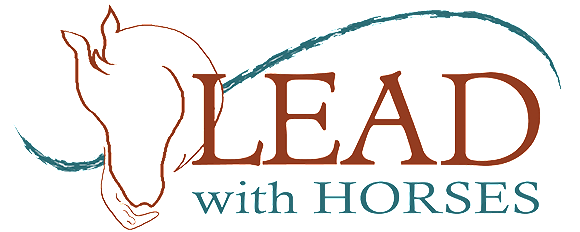As we turn to the month of July, we focus our awareness on black, indigenous, people of color (BIPOC) individuals and families and the state of UN-wellbeing that persists due to the systemic factors that obstruct access to mental health services within these communities. Studies conducted over the past 20 years have concluded that even though we understand more about the challenges these groups face – poverty, trauma, gang lifestyles, and intergenerational trauma – the numbers and outcomes show very little to indicate improvement in wellbeing among BIPOC individuals.
By the Numbers
Here is a striking overview of how specific racial/ethnic groups fared compared to white individuals. This data can provide us a gateway to explore the detailed findings so that solutions can continue to be sought, validated, and implemented.
- Among adults with any mental illness, Black (39%), Hispanic (36%), and Asian (25%) adults were less likely than White (52%) adults to receive mental health services as of 2021. (KFF, 2023)
- 2020 data reflect that AIAN (American Indian/Alaska Native) people had the highest rates of drug overdose deaths compared with all other racial and ethnic groups. Drug overdose death rates among Black people exceeded rates for White people as of 2020, reflecting larger increases among Black people in recent years. (KFF, 2023)
- Black and Latinx youth were 14 percent less likely than white children to receive treatment for their depression in 2020. (SAMHSA, 2020)
- The suicide death rate for Native/Indigenous people in America between the ages of 15-19 is more than double that of white youth. (CDC, 2023)
In another finding, the prevalence of mental illnesses among BIPOC individuals was similar to the prevalence among white people. However, when it came to accessing mental health services, racial/ethnic minorities were either less able or declined to access the help available due to mistrust and fear of treatment, the stigma surrounding mental health, racism and discrimination, and differences in language. This suggests that peoples of color carry a greater burden of disability from mental illness, e.g. more likely to suffer from prolonged, chronic, and severely debilitating depression that affects them, as well as family and community members compared with whites because they often received less care and poorer quality care.
Changing the Narrative
Community is vital to well being. Inclusive communities create a sense of support and belonging, psychological as well as physical safety, and strong connection. Historically, BIPOC communities have created culturally responsive spaces, advocated for community resources, and been at the forefront of social change. It is critical to include the people within the community being served when considering behavioral health and education.
LEAD with Horses provides quality, inclusive services, and we are working toward making these services more accessible. This work is not easy, and it starts with creating welcoming, safe spaces for all of those we serve. We have the benefit of a Healing Herd of horses who assist us with building trust to create connection and community, the foundation of inclusion. Youth are invited to create the guidelines for their time at LEAD with Horses and encouraged to share their stories. We will continue to partner with others and examine our offerings, our approach, and our team to remove barriers to care and to continue to nurture all of our youth so that they will thrive.
